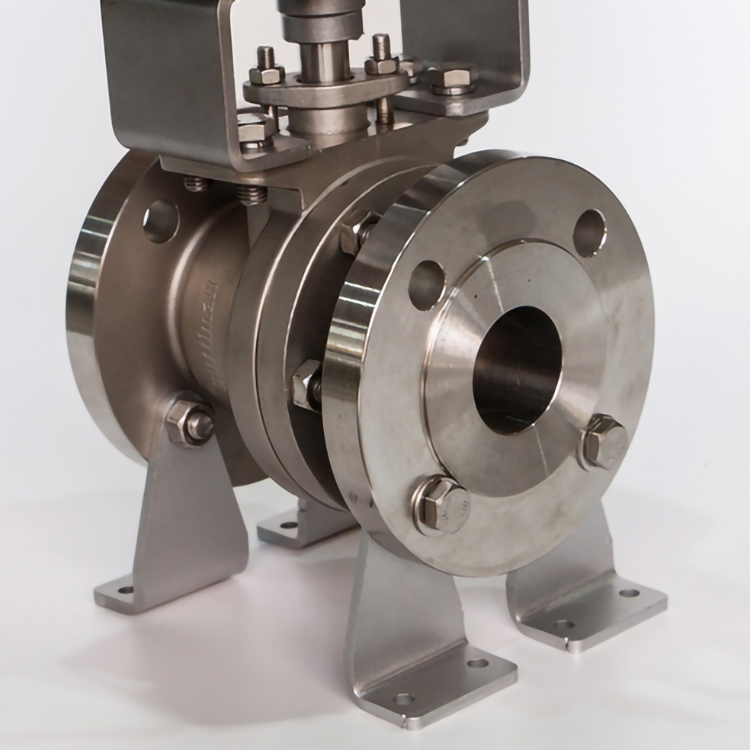Air-powered actuators function a significant role in various industrial applications, offering reliable and reliable movement for a broad range of processes. These devices use compressed air to produce mechanical motion, enabling automation and enhancing operational efficiency. However, a major limitations of standard pneumatic actuators is their dependence on a power source, which can pose problems in cases where precise control is needed during power outages or system failures.
Here is where pneumatic actuators with manual override prove essential. By including a manual override feature, these actuators provide a backup solution that allows operators to recover control even in difficult conditions. This ability is essential in maintaining the continuity of operations, enabling operators to manually step in and adjust settings when automated systems cannot work. As we examine the world of pneumatic actuators with manual override, we will reveal their design, functionality, and the advantages they bring to various industries.
Comprehending Air-powered Devices
Air-powered devices are devices which utilize pressurized air for producing movement. Such actuators change the energy of energy to create dynamic energy, allowing these actuators to move or control a system or system. These devices are widely used in multiple sectors, from industrial machinery and automated systems, thanks to the responsiveness as well as performance. Through controlling the air pressure supplied to the device, users are able to accurately dictate motion and rate of operations.
A key important benefit of pneumatic actuators lies in their capability to provide quick actuation as well as actuation. Such capability is particularly beneficial in situations demanding immediate response, such as manufacturing lines or logistics operations. Furthermore, pneumatic actuators tend to be lightweight and space-saving, making them an ideal solution in situations where space is at a premium. Their design often includes cylinders and a piston which work with compressed gas to produce both linear and rotational motion.
An air-powered device featuring manual control offers further control options, permitting users to take action to manually modify the actuator's position when needed. Such functionality is vital during critical scenarios or if electronic systems malfunction, which ensures that critical systems can still operate safely. By having air actuator and handwheel , users can maintain the flexibility to oversee their handling procedures, enhancing the dependability and functionality in air-powered systems across many industrial settings.
Benefits of Manual Override

One of the main benefits of a pneumatic actuator with manual control is the assurance of control during emergencies or failures. In cases where the automated system may break down or lose power, the manual control allows users to take immediate action to adjust or stop the actuator. This capability guarantees that essential operations can continue to function even under adverse conditions, enhancing overall system reliability.
Another benefit is the versatility it offers users in modifying the actuator's placement or function. Manual override enables operators to make precise adjustments that may not be easily achievable through automatic controls alone. This is particularly beneficial in applications requiring precise positioning or in situations where adjustments need to be made rapidly in response to dynamic circumstances or requirements.
Additionally, a pneumatic actuator with manual control can facilitate easier maintenance and troubleshooting. When issues arise, technicians can utilize the manual control to test the actuator’s functionality without depending exclusively on automation. This practical method helps in identifying issues effectively, simplifying maintenance procedures, and ultimately minimizing operational interruptions, which is critical for efficiency in operations.
Uses and Use Cases
Pneumatic actuators with manual override play a crucial role in various industries where precise control and safety are paramount. One notable use is in the production industry, where these actuators are used to streamline machinery processes. The manual override feature allows operators to swiftly react in the event of system failures or unexpected conditions, ensuring efficient operation and minimizing downtime. This capability enhances the stability of production lines by providing an simple way to maintain control during emergencies.
In the realm of HVAC systems, pneumatic actuators with manual overrides are employed to control airflow and temperature in facilities. The manual override allows maintenance personnel to tweak settings without relying solely on automated controls, providing adaptability in managing duct systems. This adaptability is particularly beneficial in situations where quick adjustments are necessary, such as reacting to changes in occupancy levels or equipment performance, ensuring maximized comfort and energy efficiency.
Another notable application is found in the aviation industry, particularly in aircraft systems. Here, pneumatic actuators with manual overrides are vital in controlling flaps and landing gear. The capability to manually override automated systems provides an additional safeguard of safety, allowing pilots and ground crews to maintain control over essential operations even if electronic systems fail. This enhances the robustness of aircraft control mechanisms and ensures operational integrity under a variety of circumstances.
